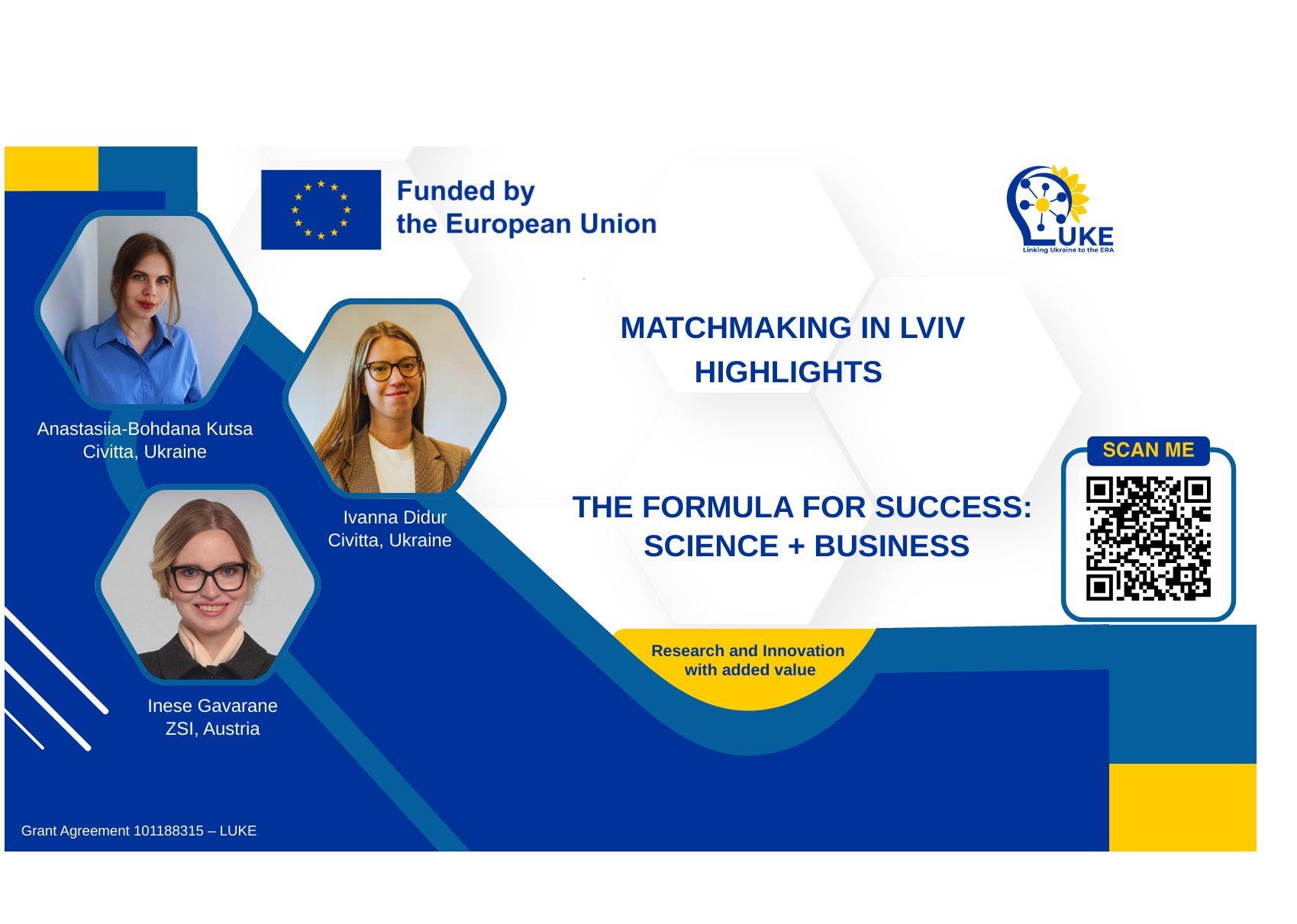Structurally perfect single crystals of diamond with the necessary electrophysical properties are “grown” by scientists of the V. Bakul Institute for Superhard Materials and V. Ye. Lashkaryov Institute of Semiconductor Physics of the NAS of Ukraine. Their project «Development of new formulations of carbon solvents for growing single crystals of diamond in terms of thermodynamic stability with controlled content of nitrogen and boron impurities in order to create designs of concepts for electronic devices» won the call «Support for Research of Leading and Young Scientists» and received funding in the amount of UAH 12 million from the National Research Foundation of Ukraine.
The supervisor of the project is a chief researcher of the V. Bakul Institute for Superhard Materials and Corresponding Member of the NAS of Ukraine Serhii Ivakhnenko. “The main purpose of our research is to grow structurally perfect single crystals of diamond with a controlled level of defect-impurity composition. In other words, we grow diamonds with the necessary electrophysical properties ” – he says.
Where do 20 carat diamonds grow?
The laboratory of the institute is unique. It contains the most modern equipment that allows to apply a pressure of 60-70 thousand atmospheres and a temperature of 1300 – 1600 degrees! The scientist is proud that it is quite possible today to grow diamonds up to 20 carats and more. These diamonds are not inferior to the best natural samples! And the main thing is that due to the controlled conditions of growing, they receive exactly those diamonds that are needed for various tasks of science and industry.
Crystal in a hundred hours
In 2020, when the first NRFU calls were announced, in order to choose the most promising topic scientists arranged a brainstorming session. They decided that it would be great to combine the efforts of the two academic institutions and implement a project that has both fundamental and applied components.
It takes about 100-250 hours to grow one batch of samples. «We are planning to create structurally perfect single-crystal semiconductors up to 15 mm in size and localize single-sector growth zones of 4-7 mm in size. This result will allow to obtain from 10 to 100 active elements from one sample “- said supervisor of the project.
By the way, the results of the project are not only new knowledge and recommendations for the cultivation of single crystals, but also the creation of designs (models) of electronic devices based on diamonds and justifications of their using.
Measure seven times, cut – one
In order to make the process of “cutting” crystals efficient, scientists have developed an express method of microphotogrammetry. Thanks to this method it is possible to obtain real three-dimensional geometric images of the external shape and internal sectoral structure of diamond crystals, as well as the distribution of impurities and possibility to “cut” diamond plastics for micro- and nano-electronic devices absolutely precisely.
Laboratory equipment will be upgraded thanks to grant funding from the Foundation. In particular, it is planned to purchase a supersensitive infrared detector, laser sources, special materials for growth cells of high-pressure apparatus, cryogenic liquids for low-temperature research, probes for atomic force microscopy etc.
“Eternal battery” – is it possible?
Serhii believes that results of the project are important for the development of a new electronics direction. The idea of creating an “eternal nuclear” battery that based on diamond with the usage of carbon-14 is also extremely attractive. The half-life of this carbon is 5700 years, so these batteries will serve almost forever and will save the resources of our planet.
Scientist also added that to implement the results of the project in life it is necessary to create a Ukrainian center for the development and production of diamond semiconductors and research production in cooperation with the Research and Production Enterprise «Saturn».
We traditionally asked the supervisor what is needed to win the call.
Serhii advised to read and follow the guidelines very carefully, because a lot of projects are rejected at the first stage due to non-compliance with formal criteria. “In addition, you should have a significant achievement, great idea, specific plan and a little luck, of course”– he smiles. “If you are ready to work hard do not give up, you will definitely be lucky!”
Svitlana GALATA





